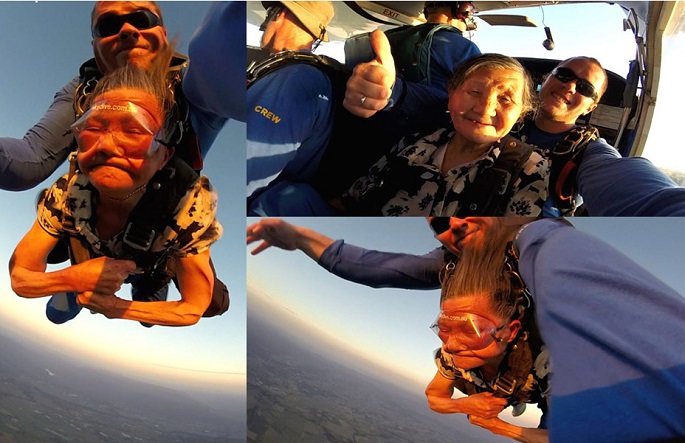Throngs of people across China visit its museums, musing over the country’s colorful heritage and rich cultural legacy.
Some hop from one restaurant to another, sampling different traditional and contemporary dishes of the land. There are also those who find delight strolling in a park or visiting popular landmarks.
Many others would however prefer to navigate through intimidating rapids or to jump out of a plane some 500 feet above the ground and skydive.
For those into physically demanding outdoor fun, the government has taken extra notice of their increasing number in the recent years.
As China recognizes sports tourism as an emerging industry poised to pull in billions of revenue in dollars, the government steps up its efforts to develop and promote it, reported China Daily.
Camps and clubs that will facilitate outdoor activities will be established and hiking trails will be created. The government even lined up 100 activities to promote jogging and hiking, among others, as beneficial to one’s health.
The State Council, through the National Development and Reform Commission and the General Administration of Sport, actually laid out its series of plans to strengthen the sports tourism in the country as early as the first quarter of 2016.
In April last year, the government created mid- and long-term plans for the development of football. By May, it introduced a plan that would encourage more people to engage in sports activities.
By the middle of 2016, in July, the government presented the 13th Year Plan for the sports industry. Come November, it revealed development plans for mountain, outdoor, water and winter sports activities.
As part of its 13th Five-Year Plan (2016-2020), the government will “strengthen support for infrastructure,” which will indirectly contribute to the development of sports tourism.
The government estimates that by 2020, some 435 million people would be actively involved in sports tourism, which, by that time, would likely be worth a staggering 3 trillion yuan.
The industry likewise targets to generate more jobs and employ 6 million people by 2020.
Chinese think tank Qianzhan published a report saying that on the average, China’s sports tourism grows 30-40 percent every year, according to Jing Daily.
At the end of 2015, according to the said report, it was worth 206 billion yuan.
“The market is booming,” said Sun Haibing, a physical education expert, reported Xinhua.
Sun founded the Beijing-based club Kayak Bike Run in 2014.
“Every weekend, about 200 teenagers come to the park,” he said.
In his 2014 research titled, “On the Development of Sports Tourism in China,” published by the Journal of Chemical and Pharmaceutical Research, Wang Jian described sports tourism as “a rising tourism industry . . . a modern way of traveling.”
“It combines recreation, physical exercise, watching sports games and communicating with sports fans. It is a social activity that has the characters of both sports and traveling,” wrote Wang.
One contributing factor to the “rapid development” of sports tourism in the country, according to Wang, is the existing Tourism Law, implemented on Oct. 1, 2013.
Wang cited China’s “vast territory” as one motive for the government “to vigorously develop” sports tourism.
It seems the government has already geared up itself to do that.



























